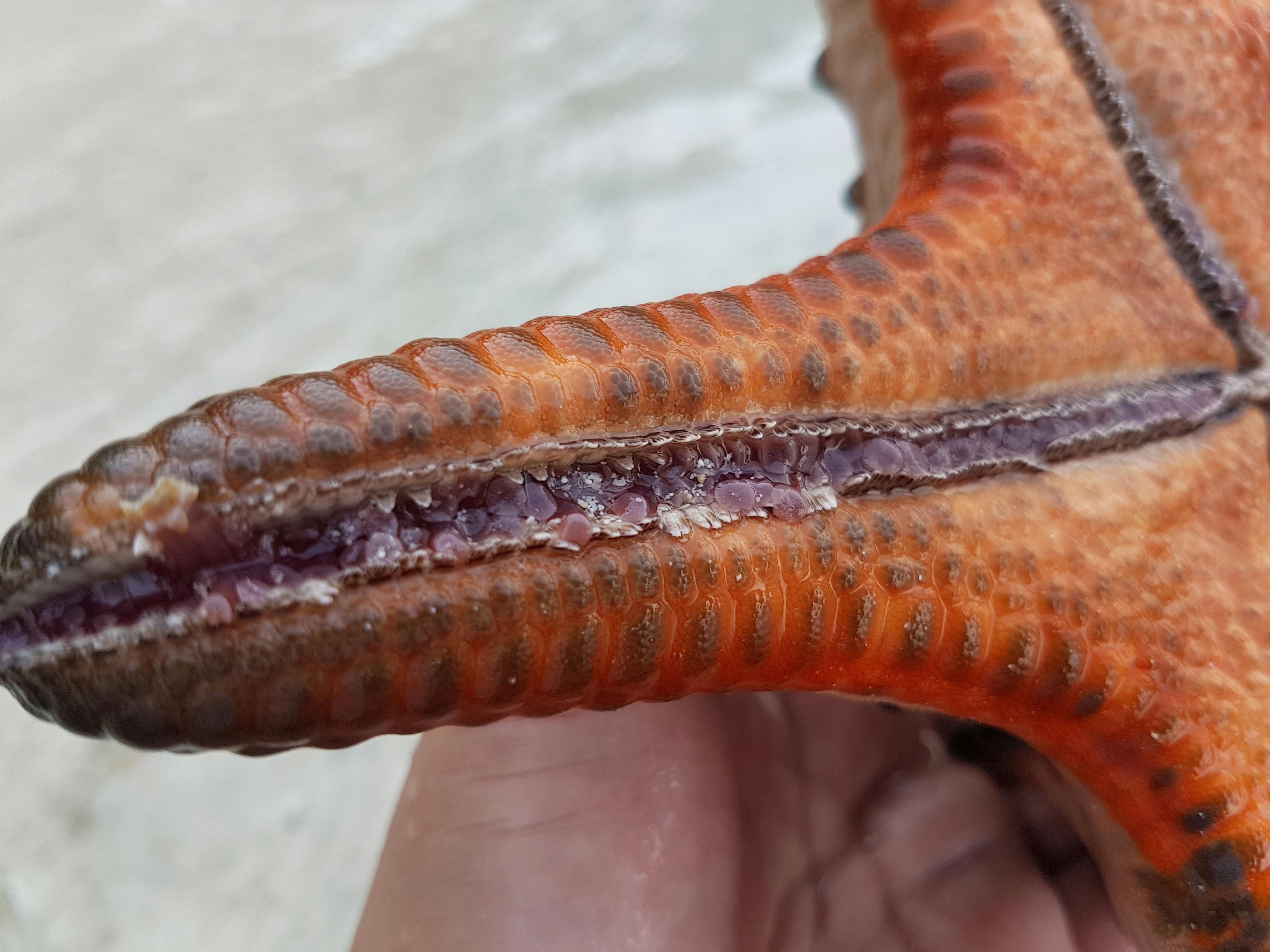Welcome, fellow adventurers and wellness enthusiasts! Today, we’re embarking on a journey not to a far-off land, but within our own bodies. Specifically, we’re addressing a common postural concern known as O-legs, or genu varum. This condition, characterized by a visible outward bowing of the legs at the knees, can impact more than just aesthetics; it can influence joint health, gait, and overall comfort.
Did you know that while some degree of bowing is normal in infants, persistent O-legs into adulthood can sometimes be linked to muscle imbalances or poor posture? The good news is that for many, incorporating a consistent, targeted exercise routine can help improve muscle balance and alignment, potentially alleviating associated discomfort and enhancing your body’s natural posture. This guide will walk you through a simple, effective 10-minute daily routine you can do right at home.
Understanding O-Legs (Genu Varum)
Genu varum, commonly known as O-legs or bow legs, is a condition where the knees stay wide apart even when the ankles are together. This creates an arc-like appearance in the legs. While it’s a normal developmental stage for toddlers, persisting into adulthood can be due to various factors, including genetics, bone deformities, or, more commonly, muscular imbalances and poor posture.
Causes and Contributing Factors
Several factors can contribute to the development or persistence of O-legs. These include:
- Developmental Factors: Many infants are born with bowed legs, which typically correct themselves as they grow.
- Nutritional Deficiencies: Conditions like rickets (due to Vitamin D deficiency) can weaken bones and lead to bowing.
- Muscle Imbalances: Weakness in certain hip and thigh muscles (e.g., hip abductors, external rotators) combined with tightness in others can pull the leg bones out of alignment.
- Joint Issues: Arthritis or injuries to the knee joint can sometimes lead to or worsen genu varum.
- Postural Habits: Prolonged sitting with knees splayed or standing with weight unevenly distributed can contribute over time.
It’s important to note that while exercises can help address muscle imbalances and improve posture, they cannot change bone structure. For severe cases or those causing pain, a medical professional should always be consulted.

Why Address O-Legs? Beyond Aesthetics
While the visual appearance of O-legs is often the primary concern for many, the implications can extend far beyond aesthetics. The misalignment can place undue stress on certain parts of the knee joint, potentially leading to long-term orthopedic issues.
Potential Health Impacts
Addressing genu varum, especially when it stems from muscular or postural issues, can contribute to better overall joint health and reduce the risk of future complications. Here are some potential impacts:
- Increased Joint Stress: The uneven weight distribution can put more pressure on the inner (medial) compartment of the knee, potentially accelerating wear and tear of cartilage.
- Pain and Discomfort: Over time, this uneven stress can lead to knee pain, especially during activities like walking, running, or standing for long periods.
- Altered Gait: O-legs can affect how you walk, potentially leading to compensatory movements that strain other joints like the hips and ankles.
- Muscle Imbalances: The condition itself can be both a cause and effect of muscle imbalances, creating a cycle that can be difficult to break without targeted intervention.
Important Note: While exercises can help improve muscle strength and flexibility, they are not a substitute for medical diagnosis or treatment. If you experience pain, significant discomfort, or if your O-legs are severe, please consult an orthopedic specialist or physical therapist.
The Science Behind Corrective Exercises
The concept behind using exercises to address O-legs primarily revolves around correcting muscle imbalances and improving overall body alignment. Our bodies are complex systems, and the position of one joint often influences others. For genu varum, the focus is often on strengthening muscles that externally rotate the hip and abduct the leg, while stretching tight inner thigh muscles.
Targeting Muscle Imbalances
When certain muscles are weak and others are overly tight, they can pull the bones out of their optimal alignment. In the case of O-legs, common imbalances include:
- Weak Hip Abductors: Muscles on the outer hip (like the gluteus medius) help stabilize the pelvis and prevent the knees from bowing outwards.
- Weak Hip External Rotators: These muscles help rotate the thigh bone outwards, which can counteract internal rotation that contributes to bowing.
- Tight Adductors: Muscles on the inner thigh (adductors) can become tight, pulling the knees inward at the top and contributing to the bowed appearance lower down.
- Weak Core Muscles: A strong core provides a stable base for all limb movements, influencing overall posture and alignment.
By strengthening the weaker muscles and stretching the tighter ones, we aim to restore a more balanced pull on the bones, encouraging a more neutral alignment of the legs. This approach is a cornerstone of physical therapy for various musculoskeletal conditions. For more in-depth information on the physical therapy approach to genu varum, you can refer to this comprehensive resource: Physiopedia: Genu Varum (Bow Legs).
Your 10-Minute Daily O-Leg Exercise Routine
This routine focuses on strengthening key muscles and stretching tight areas to promote better leg alignment. Perform these exercises consistently, ideally daily, for best results. Remember to listen to your body and stop if you feel any pain.

The Routine (10 Minutes)
Here’s a breakdown of the exercises. Aim for 10-15 repetitions for strengthening exercises and hold stretches for 20-30 seconds.
Exercise Routine Table
| Exercise | Focus | Instructions | Duration/Reps |
|---|---|---|---|
| 1. Glute Bridges | Glutes, Hamstrings, Core | Lie on your back, knees bent, feet flat. Lift hips off the floor until body forms a straight line from shoulders to knees. Squeeze glutes at the top. | 15 reps |
| 2. Clamshells | Hip Abductors (Glute Medius) | Lie on your side, knees bent, feet together. Keeping feet touching, lift top knee towards ceiling. Control the movement. | 15 reps each side |
| 3. Side-Lying Leg Lifts | Hip Abductors | Lie on your side, legs straight. Lift top leg straight up towards the ceiling, keeping hips stacked. Lower slowly. | 15 reps each side |
| 4. Inner Thigh Stretch (Seated Butterfly) | Adductor Flexibility | Sit with soles of feet together, knees bent outwards. Gently press knees towards the floor with elbows. | Hold 30 seconds |
| 5. Wall Sits | Quads, Glutes, Core Stability | Lean back against a wall, slide down until knees are at a 90-degree angle, as if sitting in an invisible chair. Keep back flat against the wall. | Hold 30-60 seconds |
| 6. Calf Stretches | Calf Flexibility | Stand facing a wall, place hands on wall. Step one foot back, keeping heel on ground and leg straight. Lean forward to feel stretch in calf. | Hold 30 seconds each side |

Important Considerations & When to Seek Professional Help
While a consistent exercise routine can be highly beneficial for improving muscle balance and posture related to O-legs, it’s crucial to approach this with realistic expectations and an understanding of when professional intervention is necessary.
Key Points for Success and Safety
To maximize the benefits of your routine and ensure your safety, keep these points in mind:
- Consistency is Key: Like any fitness goal, regular practice yields the best results. Aim for daily or at least 5-6 times a week.
- Proper Form: Focus on performing each exercise with correct form rather than speed or quantity. Incorrect form can be ineffective or even harmful.
- Listen to Your Body: Mild muscle soreness is normal, but sharp pain is a sign to stop. Do not push through pain.
- Be Patient: Visible changes in leg alignment, if they occur, will take time. Focus on improved strength, flexibility, and reduced discomfort.
- Combine with Good Posture: Be mindful of your posture throughout the day, whether sitting, standing, or walking.
When to Consult a Professional
While home exercises are a great starting point, certain situations warrant professional medical advice:
- Persistent Pain: If you experience chronic knee, hip, or ankle pain that doesn’t improve with exercise.
- Rapid Worsening: If the bowing of your legs seems to be rapidly increasing.
- Uneven Bowing: If one leg is significantly more bowed than the other.
- Limited Mobility: If O-legs are affecting your ability to walk, run, or perform daily activities.
- Childhood Concerns: If you are concerned about O-legs in a child, as early intervention can be crucial for developmental issues.
“For structural issues or severe cases of genu varum, a physical therapist can provide a personalized exercise program, and an orthopedic surgeon may discuss other treatment options, including bracing or surgery, if necessary.”
Integrating Exercises into Your Daily Life
Making these exercises a part of your daily routine doesn’t have to be a chore. Think of it as a small investment in your long-term health and comfort. Integrating them seamlessly can make consistency much easier.
Tips for Consistency and Lifestyle Integration
Here are some practical tips to help you stick to your 10-minute routine:
- Set a Specific Time: Dedicate 10 minutes each day – perhaps first thing in the morning, during a lunch break, or before bed.
- Pair with a Habit: Do your exercises immediately after brushing your teeth, before your morning coffee, or while watching your favorite show.
- Create a Dedicated Space: Find a small, comfortable area in your home where you can easily perform the exercises without distractions.
- Track Your Progress: Use a simple calendar or app to mark off each day you complete the routine. Seeing your progress can be highly motivating.
- Educate Yourself: Understanding the “why” behind each exercise can increase your commitment.
Remember, even small, consistent efforts can lead to significant improvements over time. This 10-minute routine is designed to be manageable and effective, helping you take proactive steps towards better leg alignment and overall well-being.
Conclusion
Addressing O-legs, or genu varum, is about more than just appearance; it’s about fostering better joint health, improving posture, and enhancing your body’s natural alignment. By understanding the underlying causes, particularly muscle imbalances, you can take proactive steps to support your body.
The 10-minute daily routine outlined above – focusing on strengthening hip abductors and external rotators while stretching inner thigh muscles – offers a practical and accessible way to work towards these goals from the comfort of your home. Consistency, proper form, and patience are your greatest allies on this journey.
Remember to always listen to your body and consult a healthcare professional if you experience pain or have concerns about the severity of your condition. Your well-being is paramount.
Ready to Start Your Journey to Better Alignment?
Integrate these simple exercises into your daily routine and observe the positive changes in your posture and comfort.
What’s one small step you’ll take today to prioritize your leg health? Share your commitment in the comments below!
